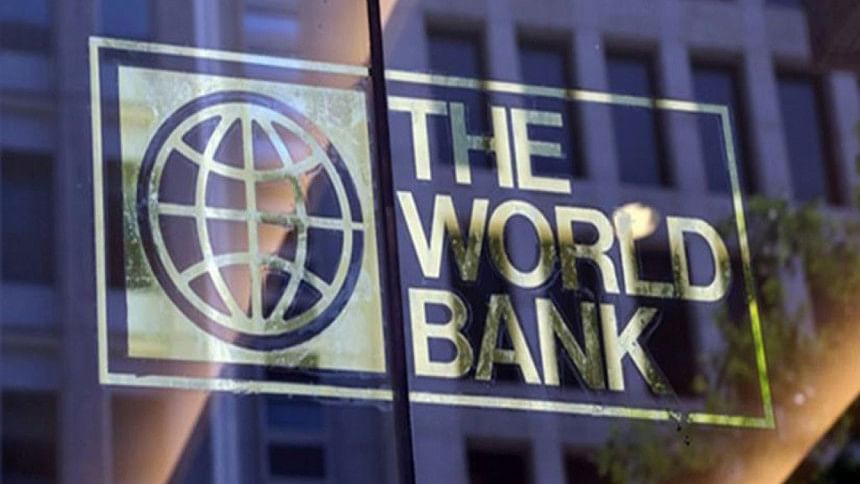Maize, wheat prices down 1%, rice up 1% in one month globally

Agricultural, cereal, and export prices have remained relatively stable in the one month to January 17, said the Food Security Update of the World Bank.
The agricultural index closed at the same level, the export index was 1 per cent higher, and the cereal index was 1 per cent lower.
Maize and wheat prices closed 1 per cent and 2 per cent lower, respectively, and rice prices were up 1 per cent.
Maize and rice prices are 8 per cent and 13 per cent higher, respectively, than in January 2022. But wheat prices were 2 per cent lower during the same period.
But maize and wheat are 27 per cent and 13 per cent expensive compared to January 2021, whereas rice prices are 10 per cent lower, said the WB publication.
A December 2022 report released by the International Monetary Fund has indicated that global food prices are expected to remain high because of war, energy costs, and weather events, despite interest rate hikes having slightly eased price pressures.
"Record prices have increased food insecurity, raised social tensions, and strained the budgets of countries that rely on food imports."
Domestic food price inflation continues to remain high in almost all countries.
Information from the latest month between September and December 2022 for which food price inflation data are available shows high inflation in almost all low- and middle-income countries: 94.1 per cent of low-income countries, 92.9 per cent of lower-middle-income countries, and 89 per cent of upper-middle-income countries have seen inflation levels above 5 per cent, with many experiencing double-digit inflation.
The share of high-income countries with high inflation is also at an elevated level, with about 87.3 per cent experiencing high food price inflation. The countries affected most are in Africa, North America, Latin America, South Asia, Europe, and Central Asia.
In real terms, food price inflation exceeded overall inflation (measured as year-on-year change in the overall Consumer Price Index) in 91 per cent of the 160 countries for which food CPI and overall CPI indexes are both available, said the WB.
"High fertiliser prices have become a significant obstacle to food production in many low-income countries," said the WB.
The global economy is projected to grow by 1.7 per cent in 2023 and 2.7 per cent in 2024.

 For all latest news, follow The Daily Star's Google News channel.
For all latest news, follow The Daily Star's Google News channel. 








Comments